
Where to see the Geminid meteor shower in 2023
Latest news 5 minute read
Read article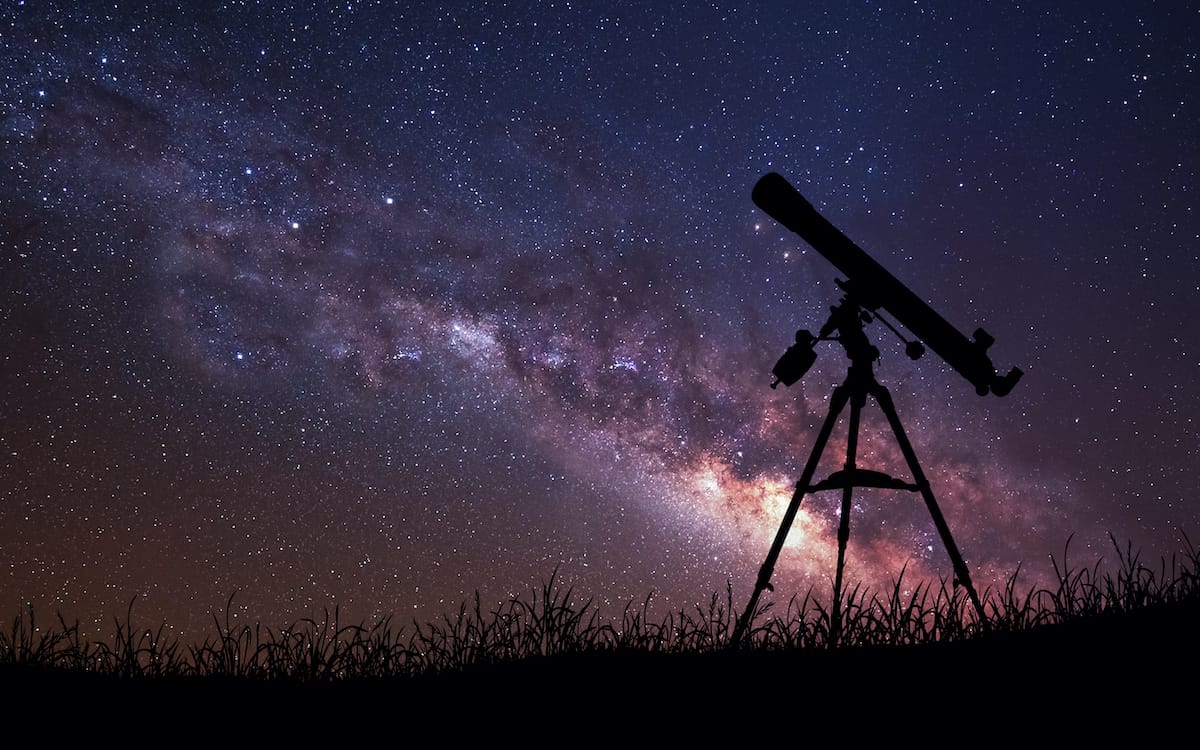
With such a variety of telescopes on offer, it can be tricky to choose which one is most suitable, especially for beginners. This article offers advice on which one may be most suitable for you, your budget and your circumstances.
In a nutshell, the best beginner’s telescope is used regularly and not one that lives in its box! It, therefore, needs to be easy to set up, practical and enjoyable to use.
The best advice we can give before buying a telescope is first to visit your local Astronomical Society or Astronomy Club who will be happy to help you choose a suitable instrument — many will be able to offer hands-on practical experience with a variety of telescopes explaining the pros and cons of each design. For your nearest Society or Club check our map of astronomy groups in the UK or the Federation of Astronomical Societies website.
If you are going to buy a telescope, it’s good to understand how they work! Telescopes work by gathering light — some do this using mirrors (reflecting telescopes), and others use lenses (refracting telescopes). The light that is gathered by the telescope forms an image which is then magnified using an eyepiece that you look through.
The more light a telescope can gather, the brighter the image formed and the more detail you will see. The power of a telescope is determined by how much light it can collect — not by how much it can magnify!
Magnifying the image does not necessarily mean you see more detail. Objects, especially deep sky objects, often look best when using low powers of magnification.
The size (aperture) of the light gathering area of a telescope combined with the quality of the optics used to gather that light ultimately determine how good the telescope is.
Equally important is the mount that the telescope is fixed to — there’s no advantage in having a good quality telescope with excellent optics mounted on poor quality, wobbly, and difficult to use tripods.
Indeed, this is why many beginners struggle and are then put off — cheaper telescopes often have a poorly designed mount built to reduce overall cost, which comes at the expense of it becoming impossibly difficult to operate (even by seasoned amateur astronomers).
The best telescopes have good light gathering area, quality optics, a solid mount and are easy to setup and use.
The team here at Go Stargazing highly recommends a particular type of telescope known as a Dobsonian. Named after their inventor John Dobson, an amateur astronomer from San Francisco, these telescopes are sturdy, have good quality optics, and come with large reflective surfaces (mirrors) that gather more light.
Dobsonians are extremely easy to use. They move up and down and twist on a rotating base, meaning they can point at any part of the sky. They are good value for money, ideal for beginners (including children from about 10), and great for observing the Moon, planets, and the brighter deep sky objects such as galaxies and nebulae. They are terrific fun to use too, and little can go wrong if you look after them!
Being of simple design, Dobsonian telescopes are amongst the best value telescopes that money can buy without too much compromise. Your budget goes primarily towards how powerful the telescope is (the size of the light-gathering mirror) rather than fancy electronics.
A Dobsonian telescope with a 6″ mirror costs in the region of £280, an 8″ about £360 and a 10″ approximately £520.
Other types of telescopes can be found cheaper however you may well find yourself venturing into the realms of poor build quality and difficult to use (in which case you really must try before you buy!).
We highly recommend you go to an independent astronomy equipment supplier (rather than any online retailer). We recommend First Light Optics whom we know to be a very reliable, helpful and customer focussed supplier of telescopes and associated equipment. See the telescopes they currently have in stock.
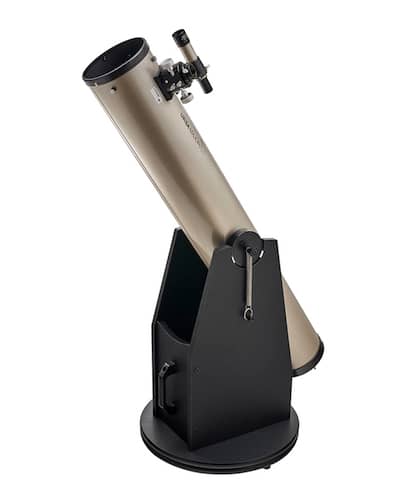
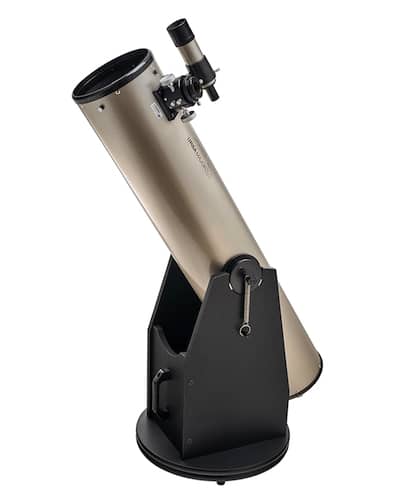
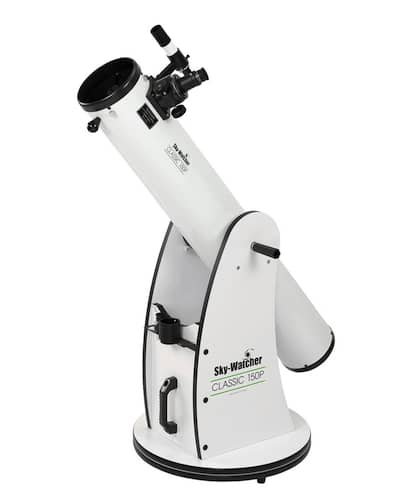
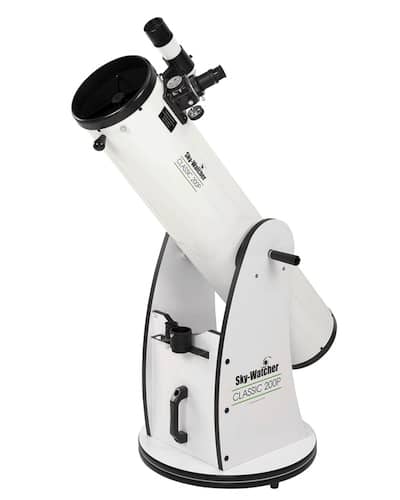
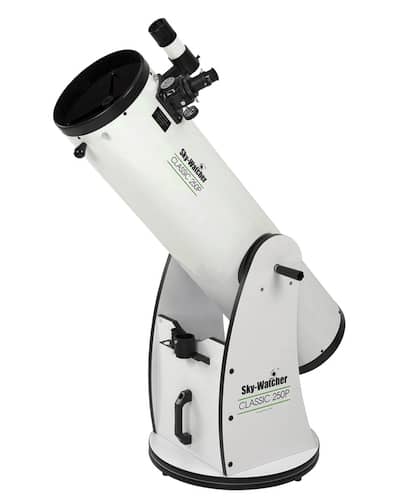

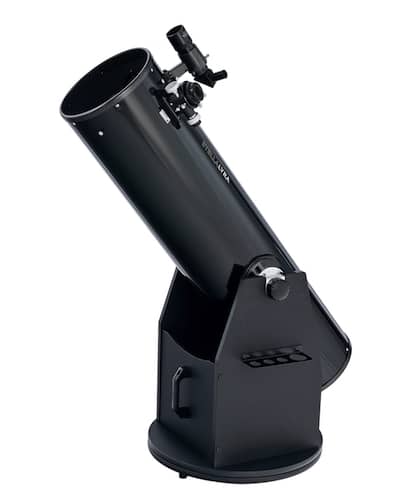
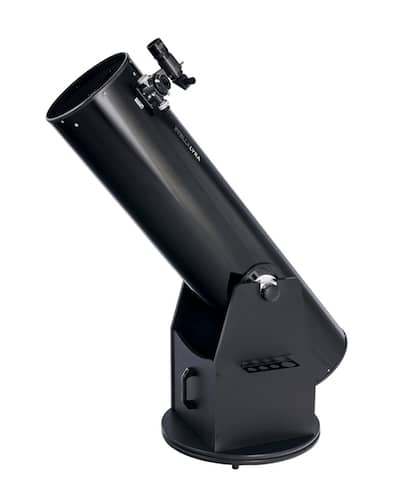
With guidance, these portable Dobsonian telescopes are ideal for children aged 6 to 10. They make ideal travel scopes for a family stargazing adventure to a dark sky region! They all give great views of the Moon, planets and brighter deep sky objects such as the Andromeda Galaxy and the Orion Nebula. We highly recommend the Ursa Major range of table-top Dobsonians, which come with great quality eye-pieces resulting in much better views than the “toy” telescopes sold in department stores!
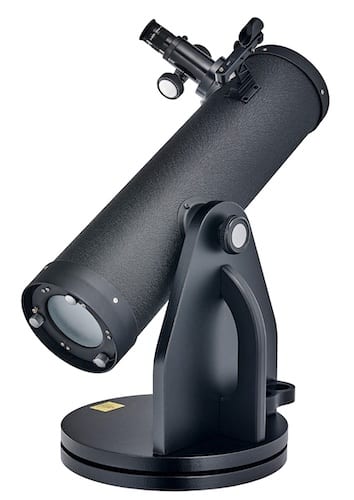
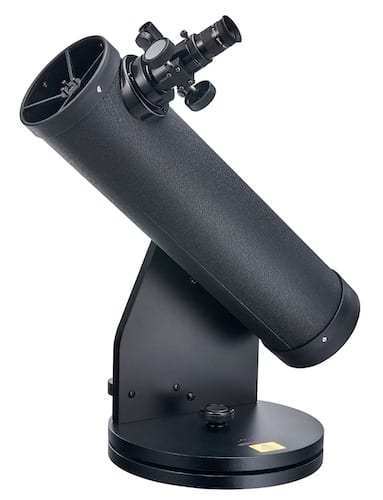

Sky-Watcher StarTravel-102 Refracting Telescope
This refracting telescope uses lenses instead of mirrors to gather light. The easily portable mount connects to your smartphone or tablet and uses your device’s date, time and GPS coordinates to align the telescope with objects in the sky automatically. Observe the Moon, planets, star clusters, nebulae, and galaxies by using the app on your mobile! Such convenience does come at the expense of aperture (light gathering area); however, this telescope still offers fantastic views!
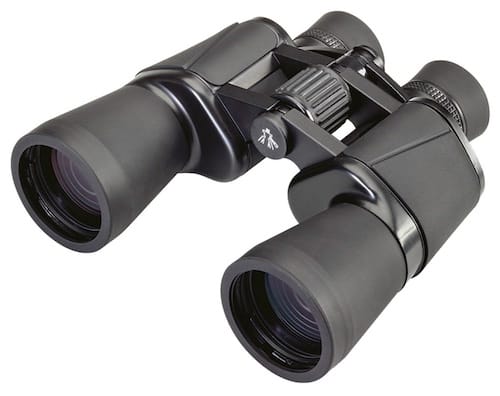
Opticron Oregon 10×50 binoculars
These excellent binoculars offer extremely good performance for their price. Their 10 times magnification and 50mm aperture lenses are an ideal combination for beginners, making them not only easy to use but also great for observing the Moon and the brighter deep sky objects.
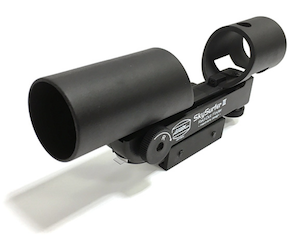
Red dot finder
A red dot finder makes it easy for you to point your telescope at objects in the sky. When looking through this type of finder, a red dot is projected onto the sky and, once aligned, where you point the red dot is where the telescope is also pointing! Most beginners find these devices far easier to use than the “finder scope”, which some telescopes come with.
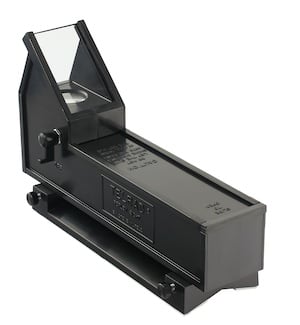
Telrad finder
A trendy alternative to using a red dot finder is a Telrad finder. However, these devices work similarly to a red dot finder but project a circular target instead.
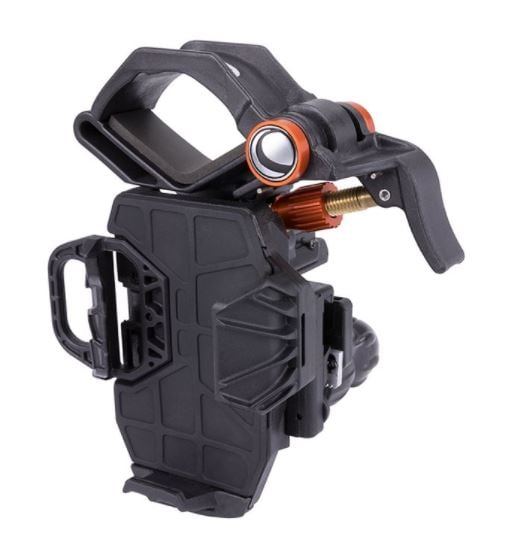
Smartphone Adapter
This cool device allows you to attach your phone to your telescope eyepiece easily and is absolutely fantastic for taking photos of the Moon!
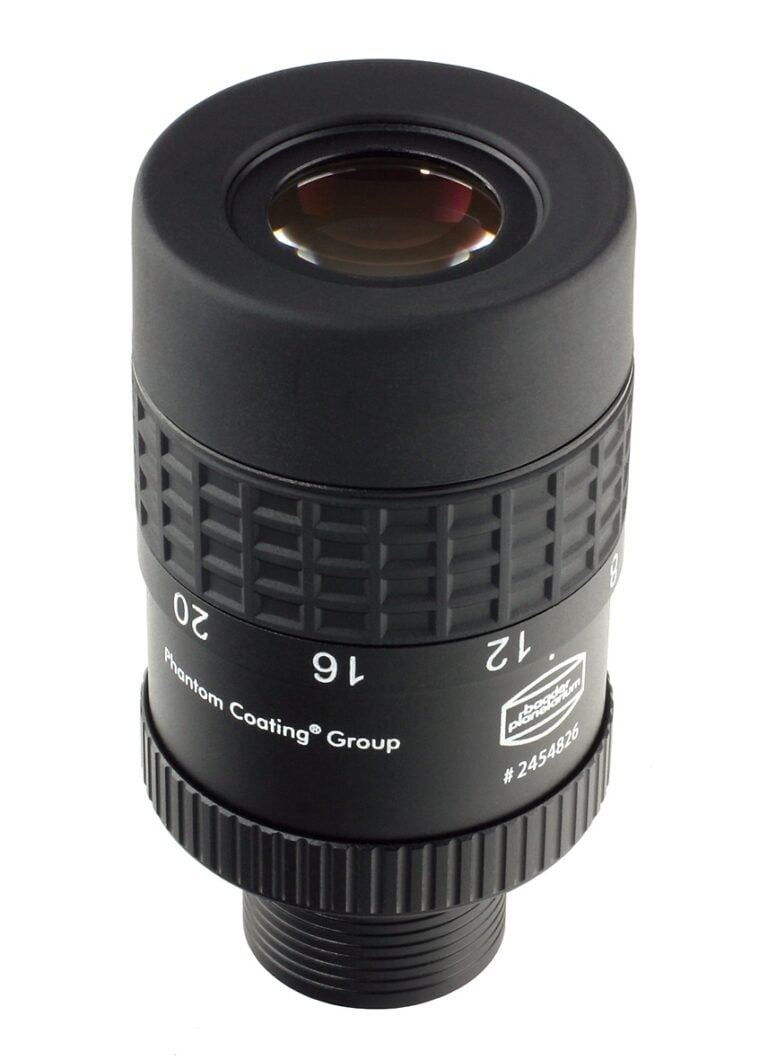
Baader Hyperion Zoom Eyepiece
All new telescopes come with eyepieces — lenses of different powers that magnify the image that is formed by the telescope allowing you to see things on a larger scale. The eyepieces that come with the telescopes we have recommended are excellent and perfect for beginners; however, a recommended upgrade is this zoom eyepiece. By twisting the eyepiece, you can increase or decrease the magnification to 5 different levels — it’s the equivalent of having 5 eyepieces for the price of 1!
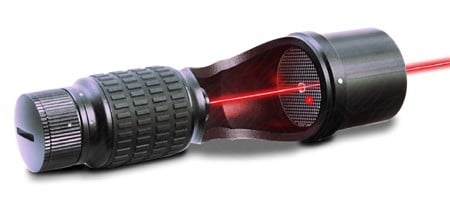
Laser Collimator
To get the best out of a reflecting telescope (one that uses mirrors), it is sometimes necessary to align the mirrors to reflect light optimally. The process of adjusting the mirrors so that they are in alignment is called “collimation”, which is made far easier when using a laser collimator. This device shines a laser beam down through the telescope, helping adjustments to be made and, with a little practice (or help from your local club or society), is straightforward. The Baader Laser Collimator is by far the best and is the only one you will ever need to buy!
If you have any questions or would like further advice please do email us at [email protected] or send us a message via our Facebook page. We are always happy to help! Clear skies!
Our most recent astronomical articles...

Latest news 5 minute read
Read article
Latest news 4 minute read
Read article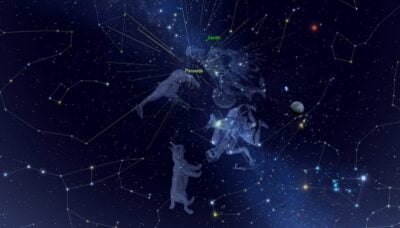
Latest news 5 minute read
Read article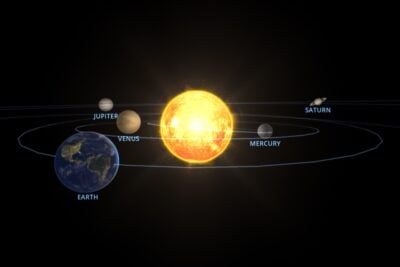
Latest news 2 minute read
Read article
Latest news 1 minute read
Read article
Latest news 2 minute read
Read article